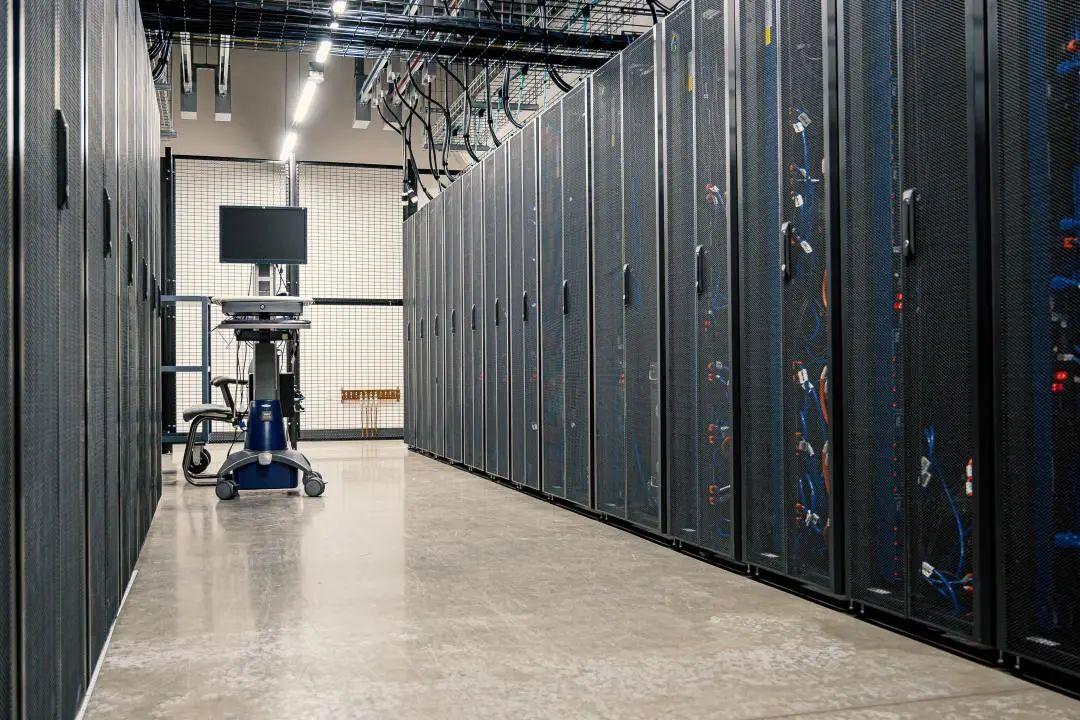
News
REVO helps to create a new green data centre
Recently, the National Development and Reform Commission, the Central Internet Information Office, the Ministry of Industry and Information Technology and the National Energy Administration jointly issued a notice, agreeing to launch the construction of national computing hub nodes in eight places, including Beijing, Tianjin and Hebei, the Yangtze River Delta, the Guangdong, Hong Kong and Macao Greater Bay Area, Chengdu and Chongqing, Inner Mongolia, Guizhou, Gansu and Ningxia, and planning 10 national data centre clusters, marking the "Eastern Digital and Western Computing "The project was officially launched. Similar to the "West-to-East Gas Transmission", "West-to-East Electricity Transmission" and "South-to-North Water Transfer" projects, "East-to-West Computing" is a It is a national-level strategic project for the cross-domain deployment of computing resources, targeting the overall imbalance in the distribution of computing resources between the east and west of China, guiding the central and western regions to use their energy advantages to build computing infrastructure, so that "data can go west and computing power can go east "The project will serve the shortage of computing power in the eastern coast and other regions, and solve the imbalance between the supply and demand of computing power resources in the east and west of China.
--NDRC
01
How do you respond to low carbon requirements?
According to the data released by the China Academy of Information and Communication Research's "China Arithmetic Development Index White Paper", every dollar invested in China's arithmetic resources will drive 3~4 yuan of economic output. As we can see, investment in data centres can bring high spillover benefits. However, some regions are currently facing the pressure of "carbon peaking" and "carbon neutral" energy consumption control.

As early as November 2021, the National Development and Reform Commission and four other departments jointly issued the "Implementation Plan for Implementing the Carbon Neutral Target Requirement to Promote Green and High-Quality Development of Data Centres and New Infrastructure such as 5G", which clearly proposed that "the average PUE of new large and super-large data centres nationwide should be reduced to below 1.3, and that of national hub nodes should be further reduced to 1.25 The development target is "to reduce the average PUE of new large-scale and mega data centres to below 1.3, further reduce the PUE of national hub nodes to below 1.25, and achieve a green low-carbon rating of 4A or above".
With a mega data centre consuming hundreds of millions of kilowatts of electricity a year, the problem of increasing energy consumption and carbon emissions in data centres is becoming increasingly apparent under the dual carbon target. Improving the energy efficiency of computing power, optimising energy-saving models, innovating energy-saving technologies and promoting transformation and upgrading are all positive solutions to these problems.
02
REVO helps to create a new green data centre
As a flexible regulation resource, energy storage system can optimize and enhance data centre energy usage, and is also an important means of power load regulation, smoothing peak-to-valley power difference, and an important part of realizing smart energy management.
REVO series, independently developed and launched by Vision Group, is small in size, has a long cycle life, is equipped with an intelligent BMS battery management system, is highly secure, highly environmentally friendly and easy to install, and can help data centres complete flexible architecture deployment. Since its release, the REVO lithium series has been applied and guarded in many large and medium-sized data centres. The intelligent, modular and green design of REVO has solved the problems of large space occupation, complicated operation and maintenance, high replacement cost and difficulty in expansion of data centre batteries solution".

The energy consumption of Li-ion itself is much lower than that of lead-acid, and it does not require float charging, occupies a small area and does not require a separate room, all of which can reduce the energy consumption of the data centre. In addition, the lifespan of lithium is more than 10 times that of lead-acid, so it can be used in some projects with new energy sources such as photovoltaic and wind power, and can be used in combination with lithium to build a reserve that can be self-generated and self-used to increase the proportion of green electricity used, thus achieving energy saving and emission reduction. Existing lead-acid plant rooms can also be transformed with lithium-ion light storage to increase green power, and in some areas where electricity is limited, the cost of using diesel can be greatly reduced, as well as carbon emissions.
East Digital West is an important means to promote green energy conservation and help achieve the goal of carbon peak and carbon neutrality, which has been elevated to the level of national strategic resource planning. The full range of Vision Group UPS solutions will continue to help data centres achieve green, low-carbon and sustainable development, and continue to explore new paths for low-carbon development of smart energy.


